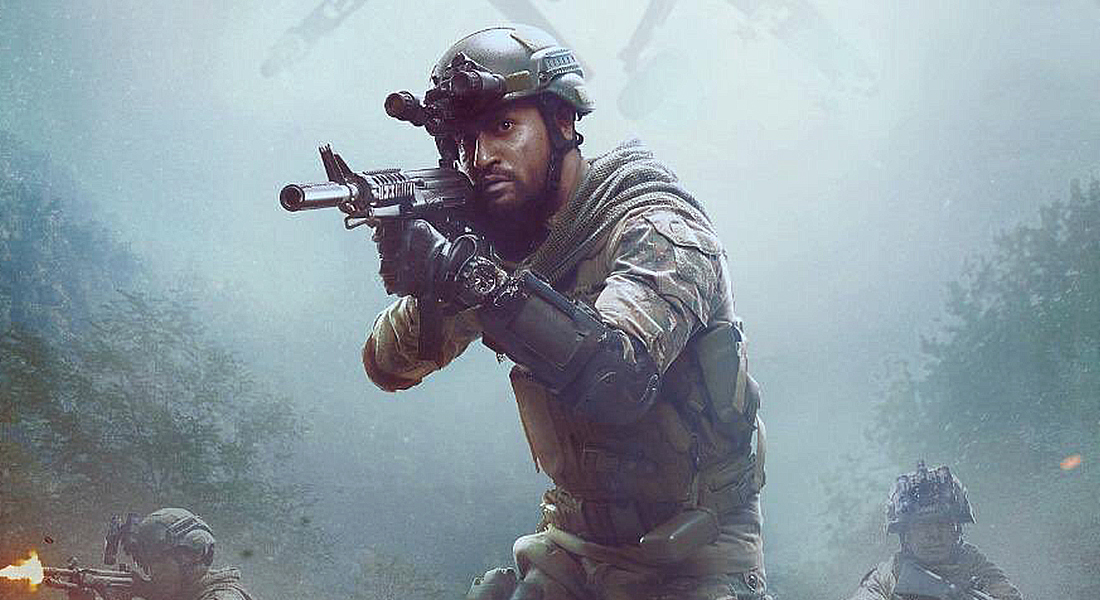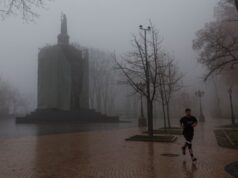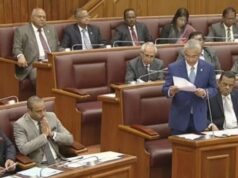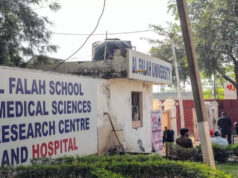The Sirmour Surgical Strike

Dated : 10 Jan 2021 (IST)
When the Indian Army’s 9 Para Special Forces conducted the surgical strike crossing Line of Control (LOC) in the wee hours of 29 September, 2016 to teach a lesson to the perpetrators of the Uri terrorist attack, it was a small drone that operated ahead of them as their surveillance buddy.
Alas the drone was not made by the Research and Development Section of HQ Special Forces. A deadly surgical strike by the Indian Army Brass In 1994 had struck the HQ SF. It terminated the career of a brilliant Officer Brigadier S S Mann, who probably was too futuristic looking for the comfort of the top brass. Then the Second Strike on the lines of famed mythological BHASMASUR episode removed the HQ SF itself and that was the end of the R&D Section.
One of the first item the R&D Section had produced for the SF then was a ultra light weight remote Exploder Device. The 400 gm device not only replaced the replaced over 7 kg Second world War Exploded Device but also did away with the still more heavier Test Set which also had to be carried along.
The then DGMO, Lt General Vijay Oberoi was so impressed with the demonstration that without batting an eyelid, he straightaway sanctioned the entire amount of Rs 30000/-, required to equip the existing SF Units. DGMO was already aware that the DRDO had asked for six months time and around 20 lacs for the same. A foreign vendor was quoting $ 40000.
Once the Exploded Device had been handed over to the SF within weeks, demand had started coming even from Engineers Units. Also all snide remarks on the R& D Section from VIP visitors to this Capital of SIRMOUR State had vanished.
Some 20 years later of the demise of HQ SF and the R& D Section, the drone flying in front of 9 SF and 4 SF teams and giving them an upper hand, was manufactured by A Kalady-based firm AutomicroUAS Aerotech Pvt LId (AMUAS), run by two retired IAF officers Gp Capt M J Augustine Vinod, a Malayali, and his wife Squadron Leader Varsha Kukreti. They custom-made the drone in their Hyderabad laboratory as per the requirements of the Army around a week before the surgical strike without knowing anything about the mission. They had also trained 1he soldiers to operate the device.
“We have associated with the armed forces for various programmes involving drones since the inception of AMUAS in 2015. Col Kapil Yadav, commanding officer of 9 Para SF, is a friend from the service, and he asked us if we could provide them with a small drone based on their requirements for a particular task.
They did not disclose anything about its purpose and we made a lightweight drone with night vision capability. We delivered it ‘to them and trained the team to use it. Much later after the mission the drone had some repair works and they brought it to us. It was then we were informed by the CO about the mission and that our drone saved the lives of his soldiers:’” said Vinod, who is the director of AMUAS.
Now, the drone is kept as a souvenir along with citation from 9 Para SF, which they received as a ‘silent acknowledgement’ of their service. “We did not charge for the drone and we requested the CO to return it so that we could keep it. We named the drone ‘Jumper’ and the surgical strike mission was the only mission carried out by it.
It was really great to know that our device helped the soldiers to accomplish such a crucial mission,” said Kukreti, the founder and CEO of AMUAS, who is also a trained drone instructor pilot certified by director general, civil aviation, under the ministry of civil aviation.
Though AMUAS’ registered office is in Yordhanapuram, Kalady, the company’s main operations were held in Bengaluru and Gurgaon. It was only during the lockdown the couple shifted to Kalady, where a new lab and manufacturing facility was set up. They are offering internship to several students from colleges across South India.
“We have travelled across India as part of work and Kerala is the best place to work. The workforce here is more skilled and the climate is favourable too. So we decided to settle down here. Drone industry is thriving and Kerala has huge potential in this regard especially in the civilian applications of UAV,” Kukreti said.
Just imagine if the SF Research & Development had kept functioning and gained the experience of 25 years !!! Mera Bharat Mahan.




